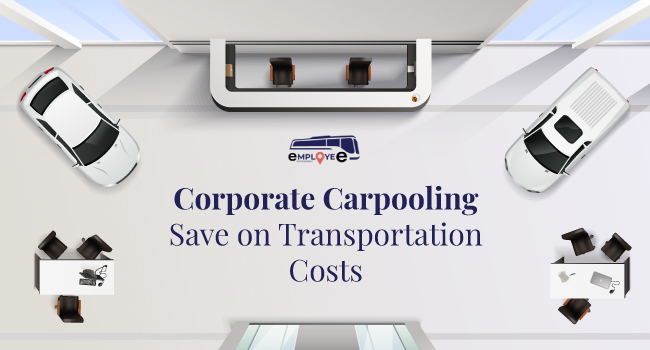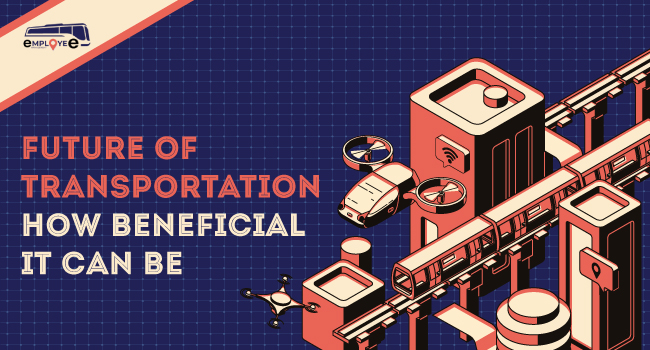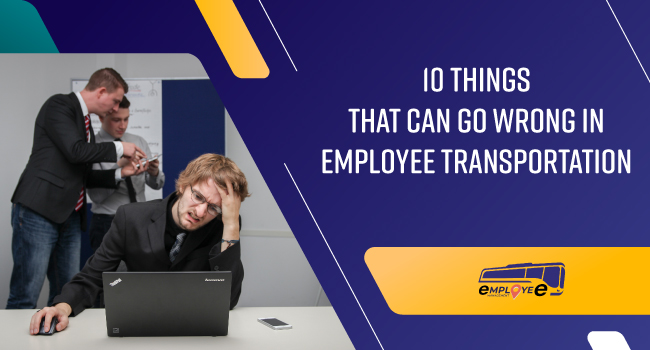If many of you don’t know what carpooling is it is sharing the same vehicle by a number of people to commute to the same place. Imagine you are working in a corporate company and many of your colleagues live nearby where you live. You can co-ordinate with them to share a ride to the office. This is corporate carpooling.
It can also be an arrangement between a group of vehicle owners to take drives in turn to drive their children to and fro from a particular place. More than one person sharing a ride is the main aim for car pooling.
However carpooling is not popular among people who spent more time at office, older workers. In this blog we will discuss about the benefits of car sharing and how it simplifies the journey to work and back.
Corporate Carpooling and its Benefits
As you can guess, carpooling is popular because it has so many advantages. Let us look at how carpooling benefits its users.
1. Saves Fuel – When more than one person uses the same vehicle to travel to the same destination or other destinations nearby it saves a lot of fuel. If the same people use different cars to commute to their destination double or triple the amount of fuels will be spent for the purpose of travel. When you look at the monthly savings that you have made you will be amazed at how much fuel you have saved by sharing your ride with your friends.
2. Saves Money – As you already know that the fuel is saved and along with it the money spent for it. The money that you have saved from sharing your ride will be a significant amount. Also if there is a toll on the way to the destination it can also be saved. Only one car needs to pay for the toll.
3. Less Pollution – Just like the fuel is saved so is there a saving on the carbon footprints. With the increase in air pollution these days carpool can be a blessing towards the environment. If you are a rational thinker you will understand the health benefits that you get from creating less pollution.
4. Reduces Traffic – The lesser the cars on the road the lesser the traffic. If more than one or two people share the same vehicle it reduces the number of cars in the street. Sharing your ride with other people or sharing a ride with others helps to decrease the number of cars on the road. It combats the traffic congestion and is thus beneficial to you and others as well.
5. Reduce the Stress of Driving – Although many of us enjoy driving, it can be stressful in case we are riding through heavy traffic. Carpooling helps to take turns while driving to work or taking children to school. You can read books, listen to music or look out the window while you are not riding the car.
6. Make New Friends – Carpooling is a great way to socialize with your friends travelling with you in the vehicle. It gives the time and opportunity to make new friends and take your time off. Enjoy the ride while you are not driving the vehicle. Even while you are driving you can still talk to your friends and make the ride more interesting.
7. Convenience – You can use your free time to prepare for a presentation at office, plan your day, or eat your breakfast while you are on the go. In some places there are special lanes for carpooling by which you can avoid congested roads. There are spaces designated for carpooling vehicles which makes it easier to park your vehicle.
8. Safety – Driving with other people is not just economic but also safer. You will have a sense of security travelling with other people. In case there is an attempted theft you will be accompanied by other people.
But at the same time you won’t have flexibility with your schedules and activities. You might be carpooling with different people in your area that might be reaching at office or commuting from office at different timings.
This might hinder your plans for a day. There is also an issue of privacy if you are an introverted person. If you are that kind of person who likes to be alone with your thoughts carpooling is not the thing for you.
Also the designated driver is responsible for other passengers. This also means the safety of others who are riding with him.
Final Thoughts
Keep aside all this carpooling is still an important move to reduce our addiction to oil. The advantages of corporate carpooling surpass the disadvantages that it has.
In the near future we will consume all the oil in the world not to mention the pollution caused by it. So weighing the good things that it offers it is definitely a good move for mankind.




